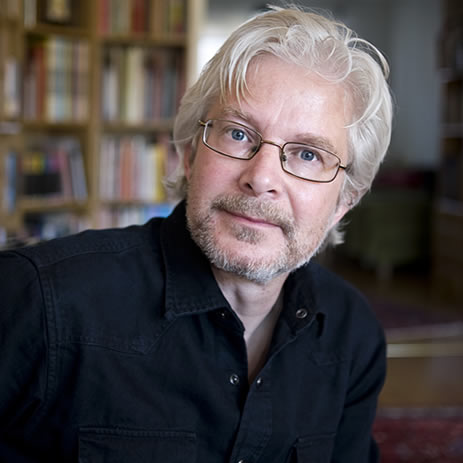Patients who are treated in hospital for self-harm can sometimes arouse strong emotions in the staff. At the same time, the patients may be dissatisfied with their care, which sometimes involves restrictions and safety measures to prevent self-harm. In addition to such tensions between patients and staff, the healthcare staff is divided into different professions with their own roles and responsibilities. These professional groups may have different perspectives and thus conflicting opinions about what care individual patients should receive. In order for patients to receive good and cohesive care, good interprofessional collaboration is therefore required between, for example, nurses and psychiatrists.
A Swedish interview study examined how nurses and psychiatrists think about their responsibility and autonomy in relation to each other in different situations on the ward. In general, they considered themselves autonomous, they could take their professional responsibility without being influenced by other colleagues. Both groups agreed that psychiatrists had the ultimate responsibility for the patients’ care, and it emerged that the nurses saw themselves as the patients’ advocates. If decisions made by the psychiatrist went against the patient’s wishes, they saw it as their task to explain the patient’s views, even if they did not agree with them.
However, sometimes the scope for action could be affected by decisions made by colleagues. For example, one could experience that the scope for taking responsibility for a patient was reduced if colleagues had already isolated the patient. In other cases, one could experience that colleagues’ decisions increased one’s responsibility, for example if decisions based on ignorance about a patient risked leading to new self-harm that the nurses had to deal with.
An important theme in the interviews was how one could sometimes renunciate some of one’s professional autonomy in order to achieve interprofessional collaboration. The interviewees agreed that one ultimately had to stand united behind decisions and set aside one’s own agendas and opinions. Consensus was considered essential and was sought even if it meant reducing one’s own autonomy and power. Consensus was achieved through discussions in the team where participants humbly respected each other’s professional roles, knowledge and experiences.
In their conclusion, the authors emphasize that the study shows how nurses and psychiatrists are prepared to set aside hierarchies and their own autonomy in order to achieve collaboration and shared responsibility in the care of patients with self-harm. Since this has not been visible in previous studies, they suggest that attitudes and skills towards interprofessional collaboration may have improved. As this is essential for good cohesive care of patients, it is important to continue to support such attitudes and skills.
If you want to see all the results from the interview study and read the authors’ discussion about responsibility and autonomy in interprofessional collaboration, you can find the article here: Navigating consensus, interprofessional collaboration between nurses and psychiatrists in hospital care for patients with deliberate self-harm.

Written by…
Pär Segerdahl, Associate Professor at the Centre for Research Ethics & Bioethics and editor of the Ethics Blog.
Löfström, E. et al. (2025) ‘Navigating consensus, interprofessional collaboration between nurses and psychiatrists in hospital care for patients with deliberate self-harm’, Journal of Interprofessional Care, 39(3), pp. 479–486. doi: 10.1080/13561820.2025.2482691
We recommend readings





